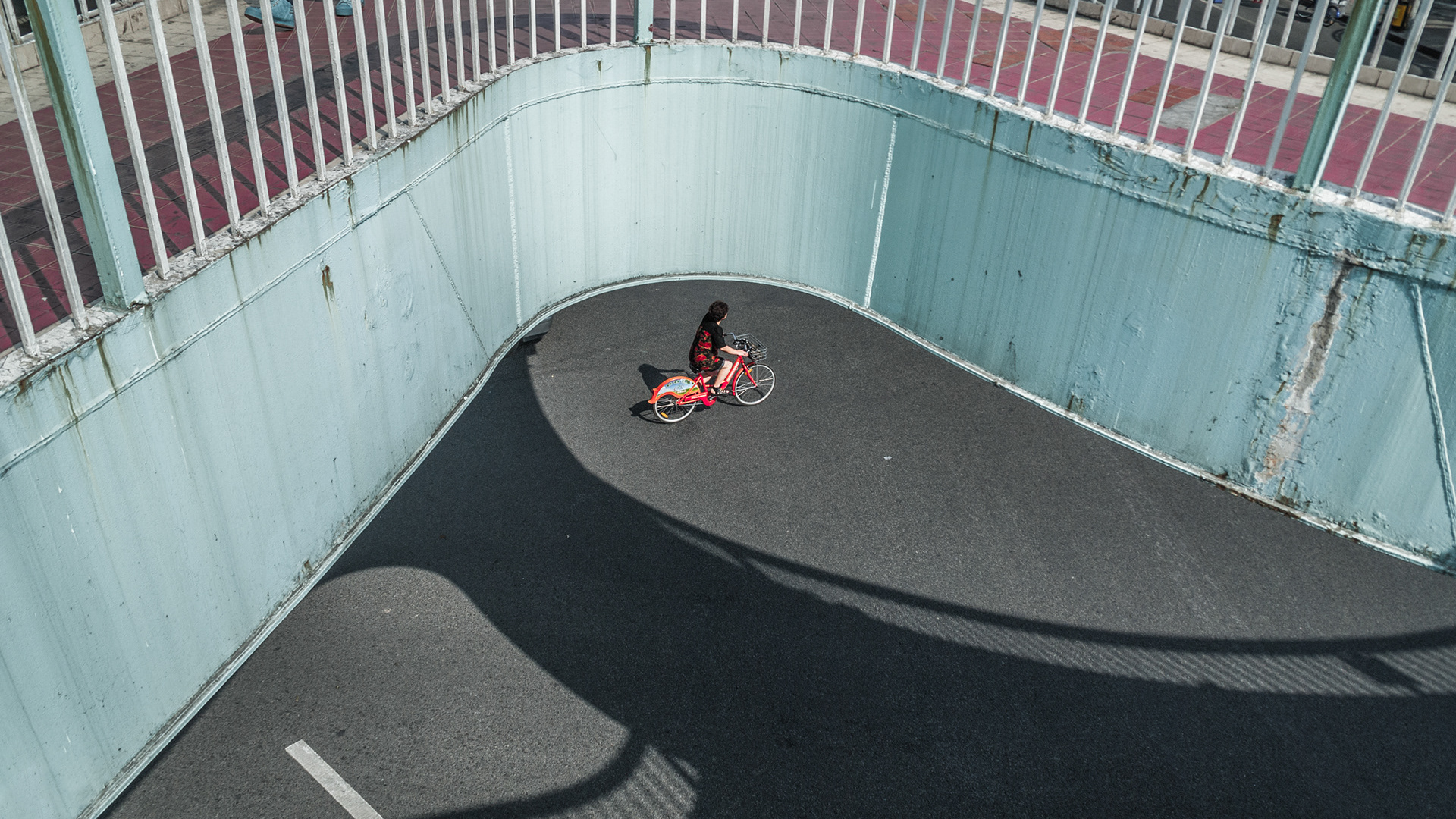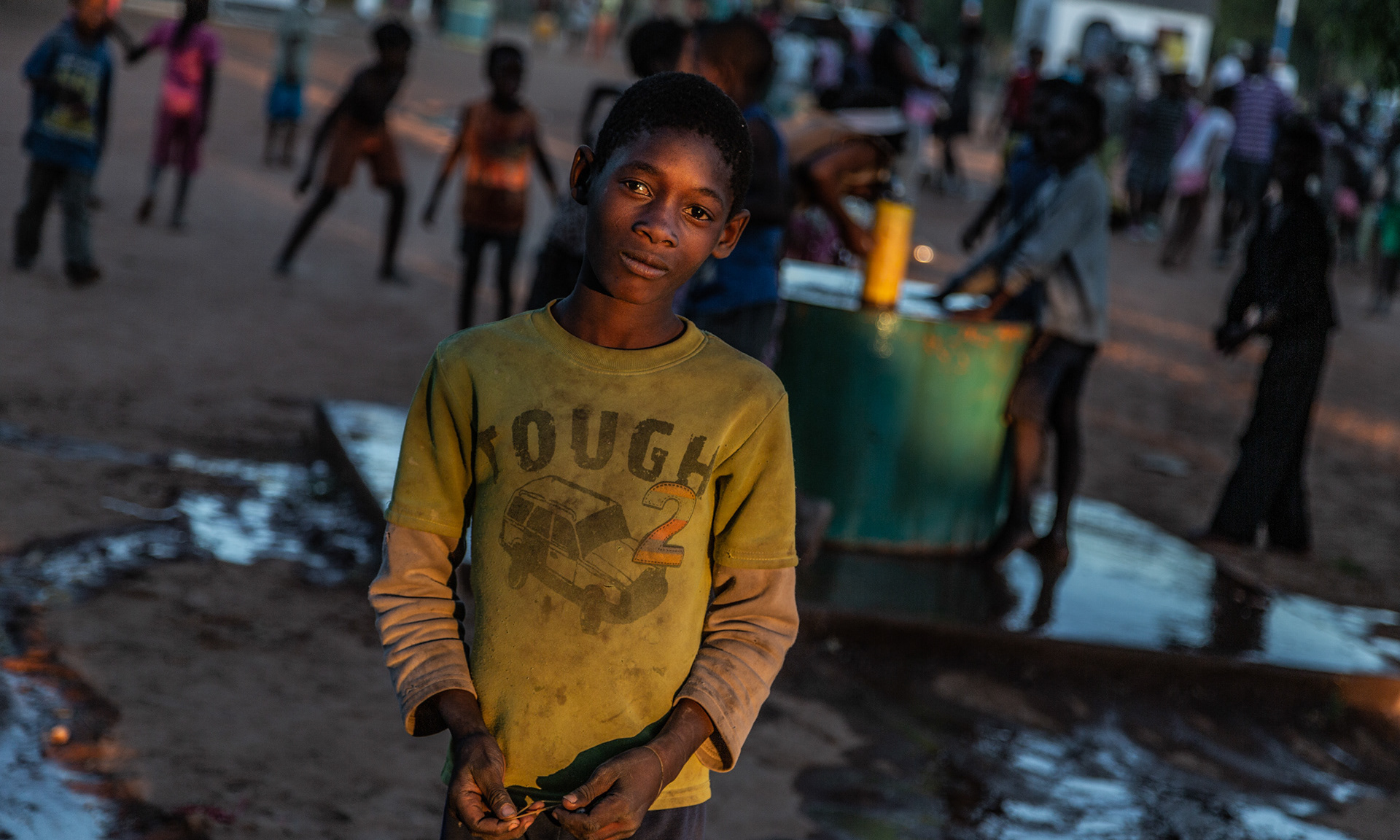
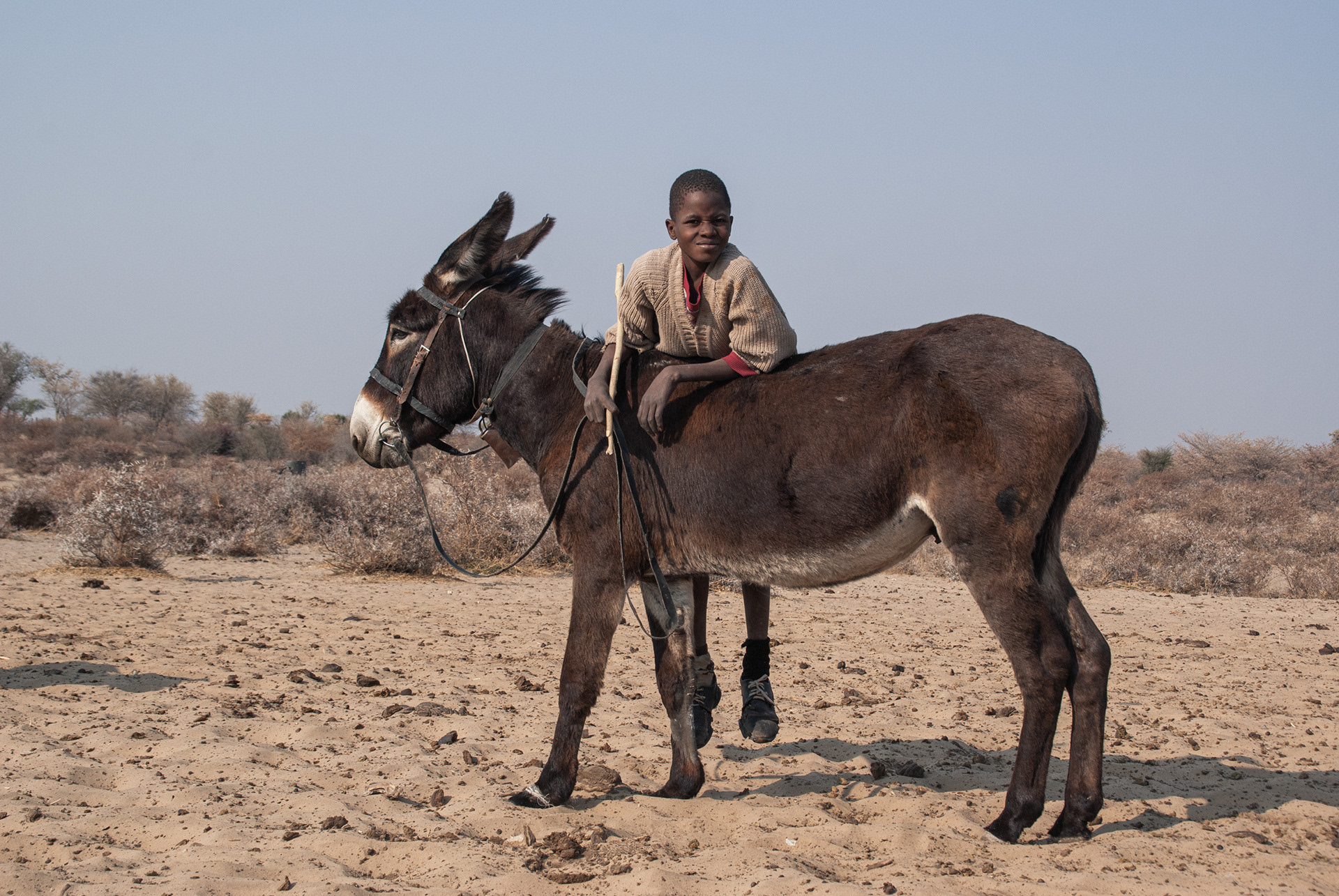

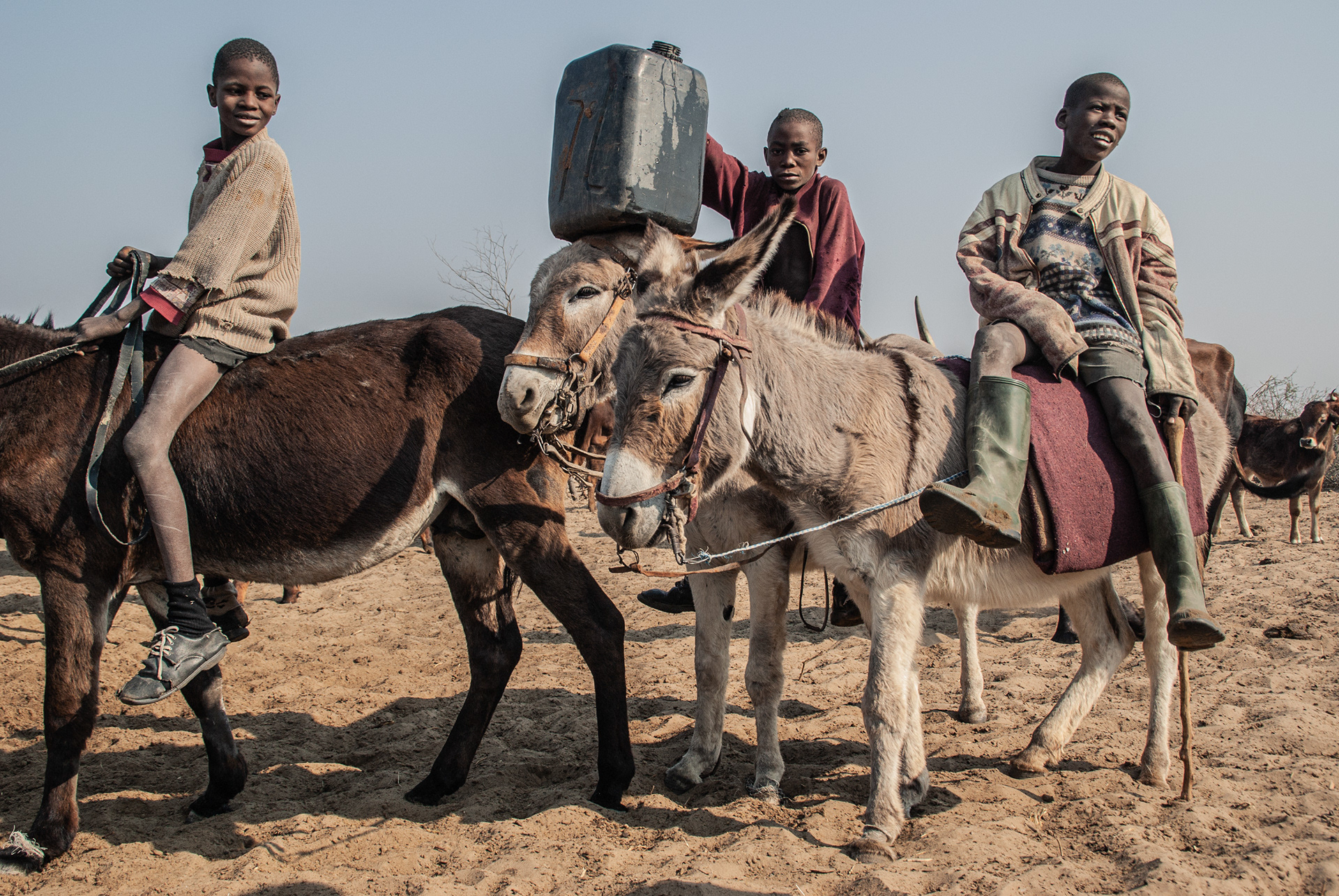
In communities once sustained by subsistence hunting and deep ties to the land, change has come quickly. Hunting for survival is no longer permitted. Nomadic and rural families are increasingly forced to leave their ancestral lands in search of better opportunities, often arriving in sprawling city slums with little education, no formal work experience, and few resources.

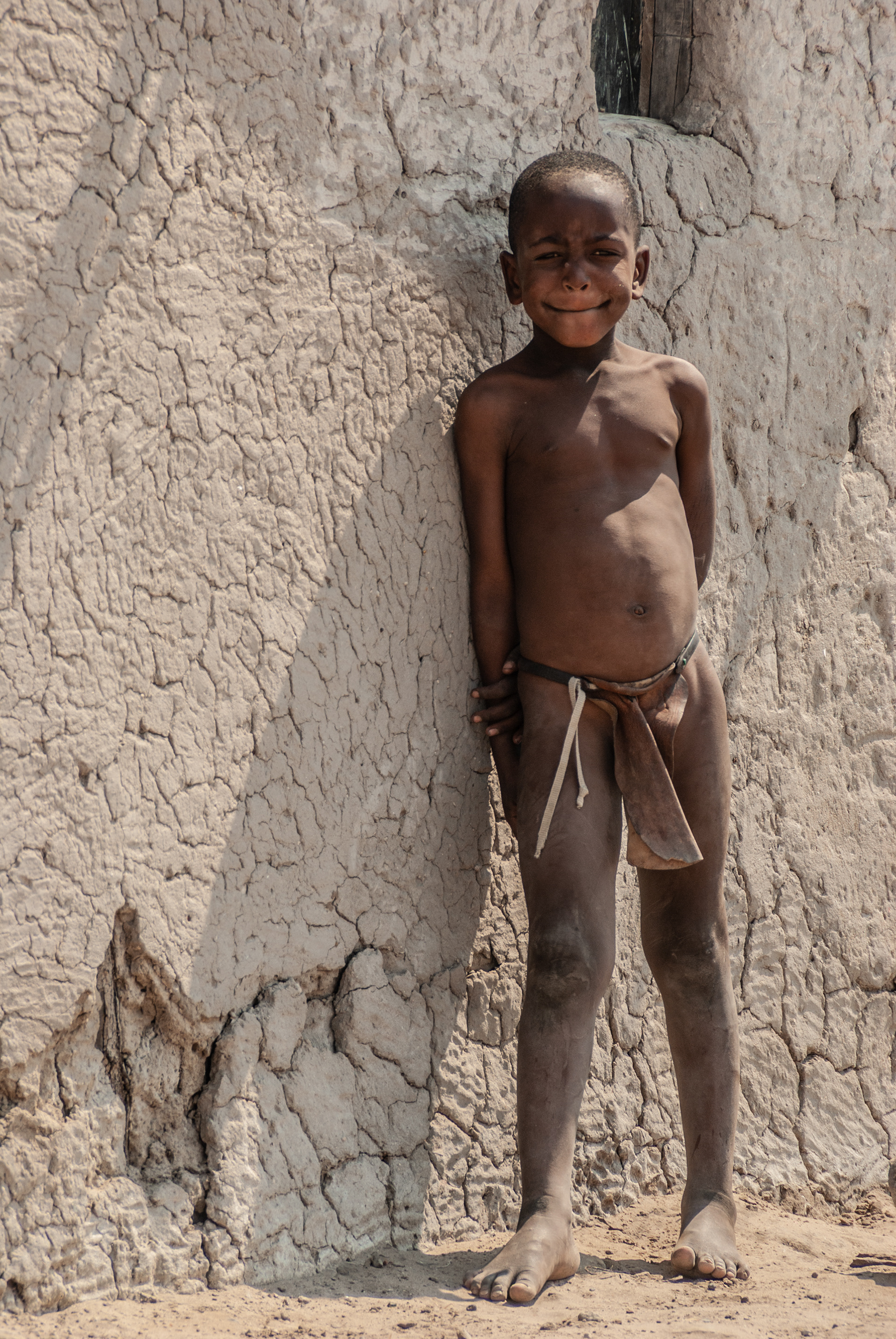
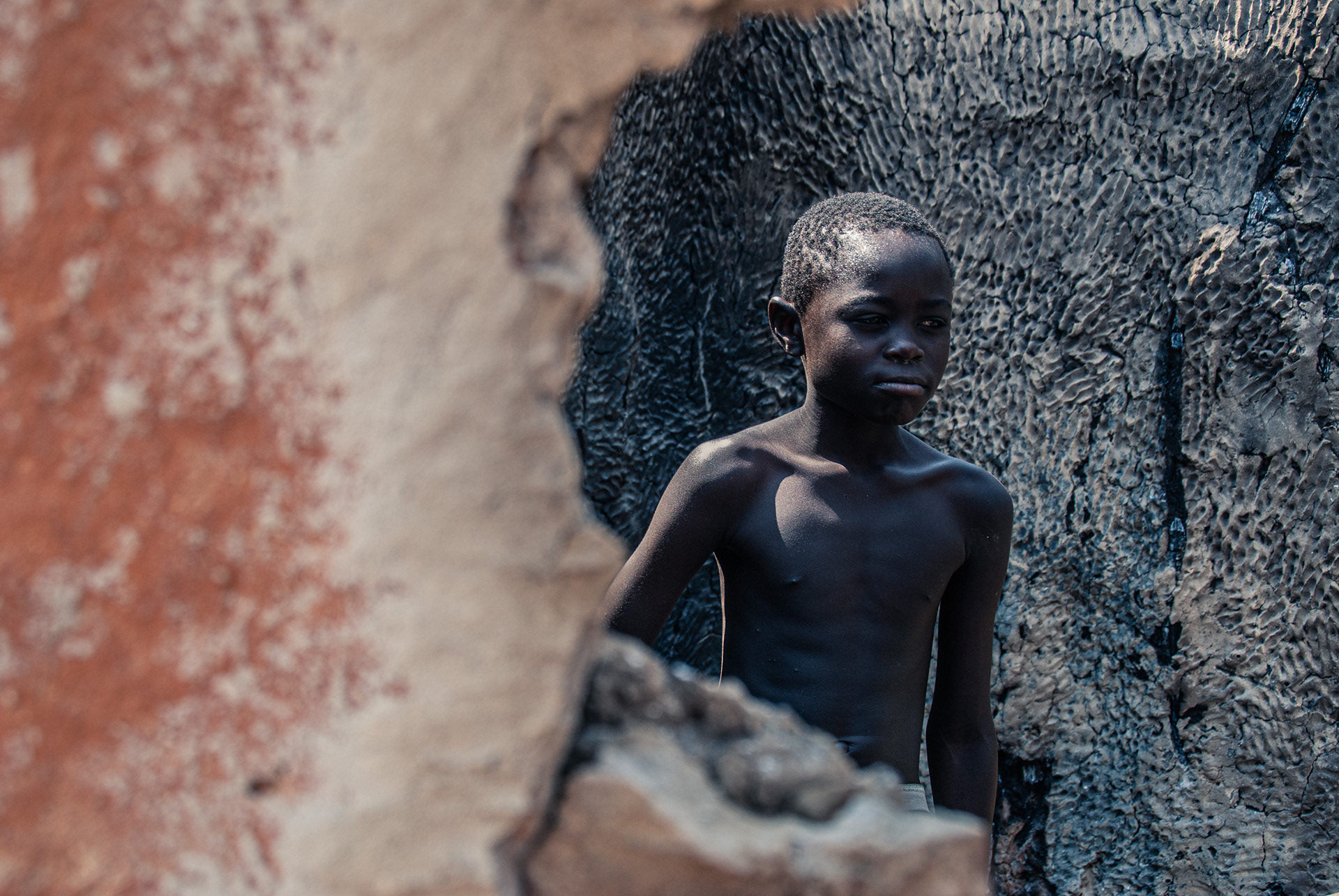
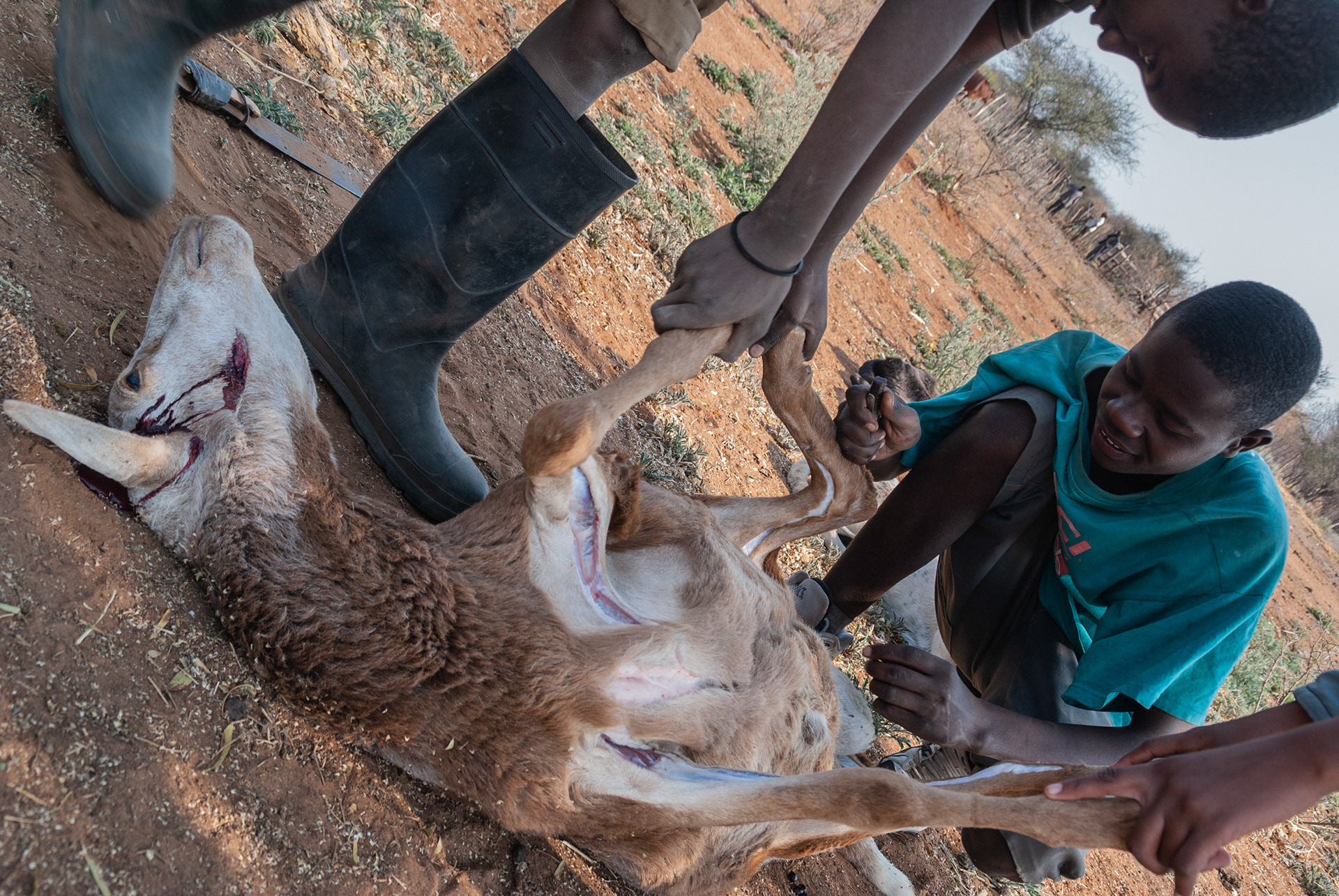
In Namibia’s remote heartlands, traditional life still clings to the edges of modernity. Extended families live in hand-built homesteads, raise livestock, and rely on ancestral knowledge to survive. But traditional life is becoming increasingly difficult, as new laws and environmental pressures make it harder to hunt, gather, and raise animals the way their ancestors once did.
Across Namibia and bordering countries like Botswana, rural families are leaving behind landscapes they’ve known for centuries. Some move voluntarily in search of education or opportunity, others are driven by economic necessity or changing land laws. The result is a quiet, steady migration that reshapes communities, identities, and the country’s cultural fabric.
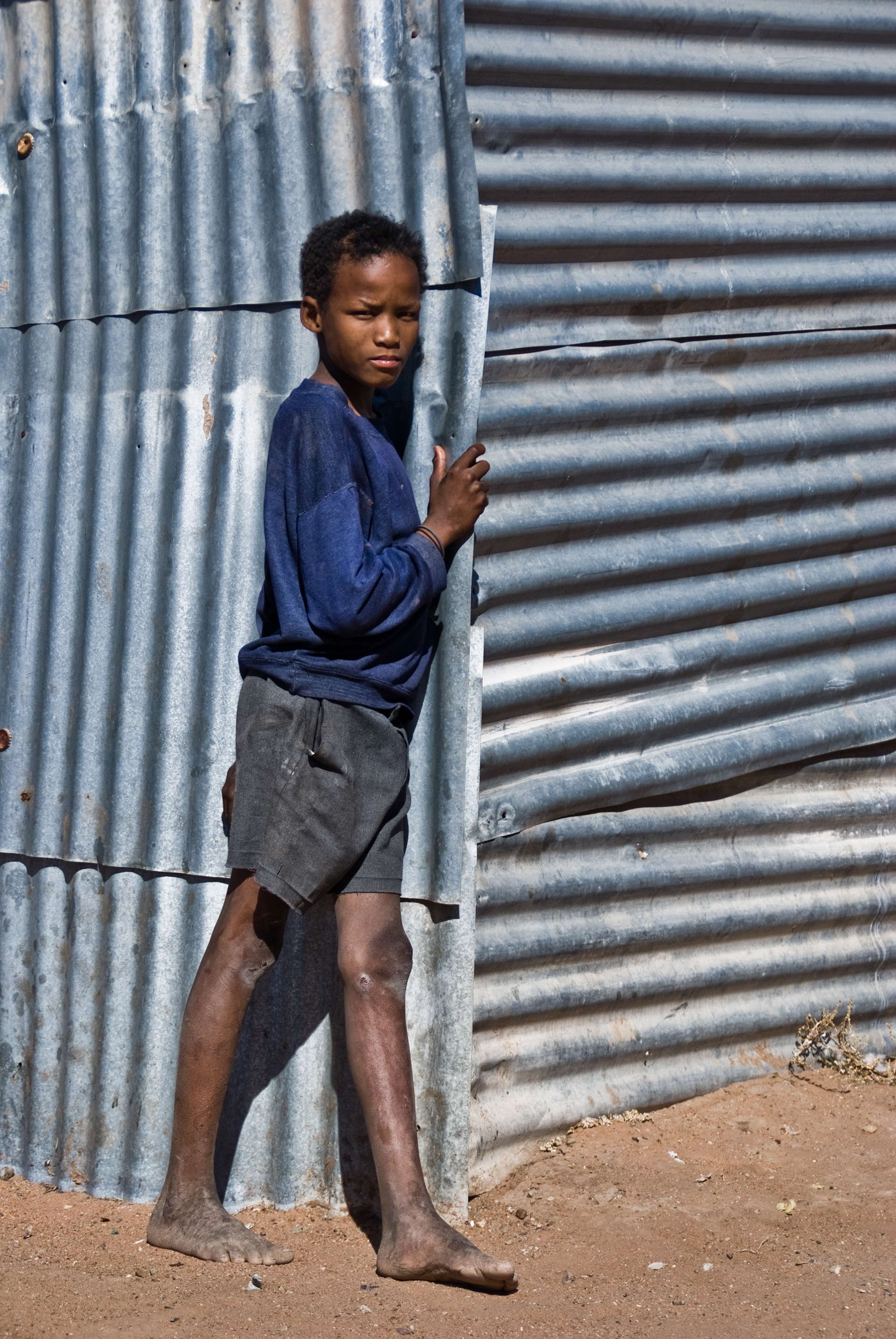

Namibia’s cities are expanding rapidly, but for many the promise of urban life remains out of reach. On the edges of towns like Gobabis, informal settlements stretch across the sand, built by families who’ve left rural areas behind in search of opportunity. What they often find instead is a harsh in-between world: no longer able to live from the land, but not part of the city either. In these makeshift homes, survival depends on resilience, resourcefulness, and the faint hope of a better tomorrow.
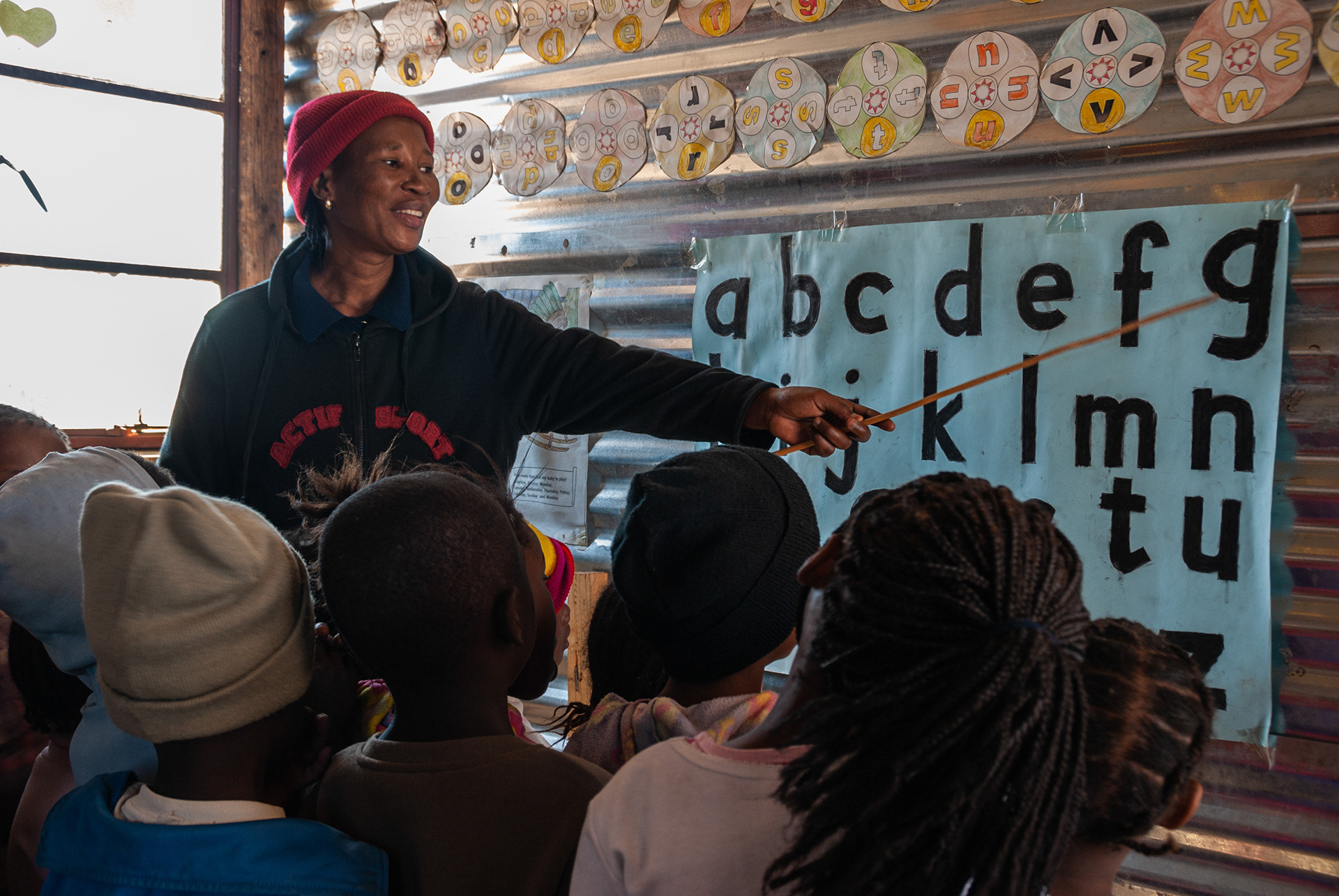
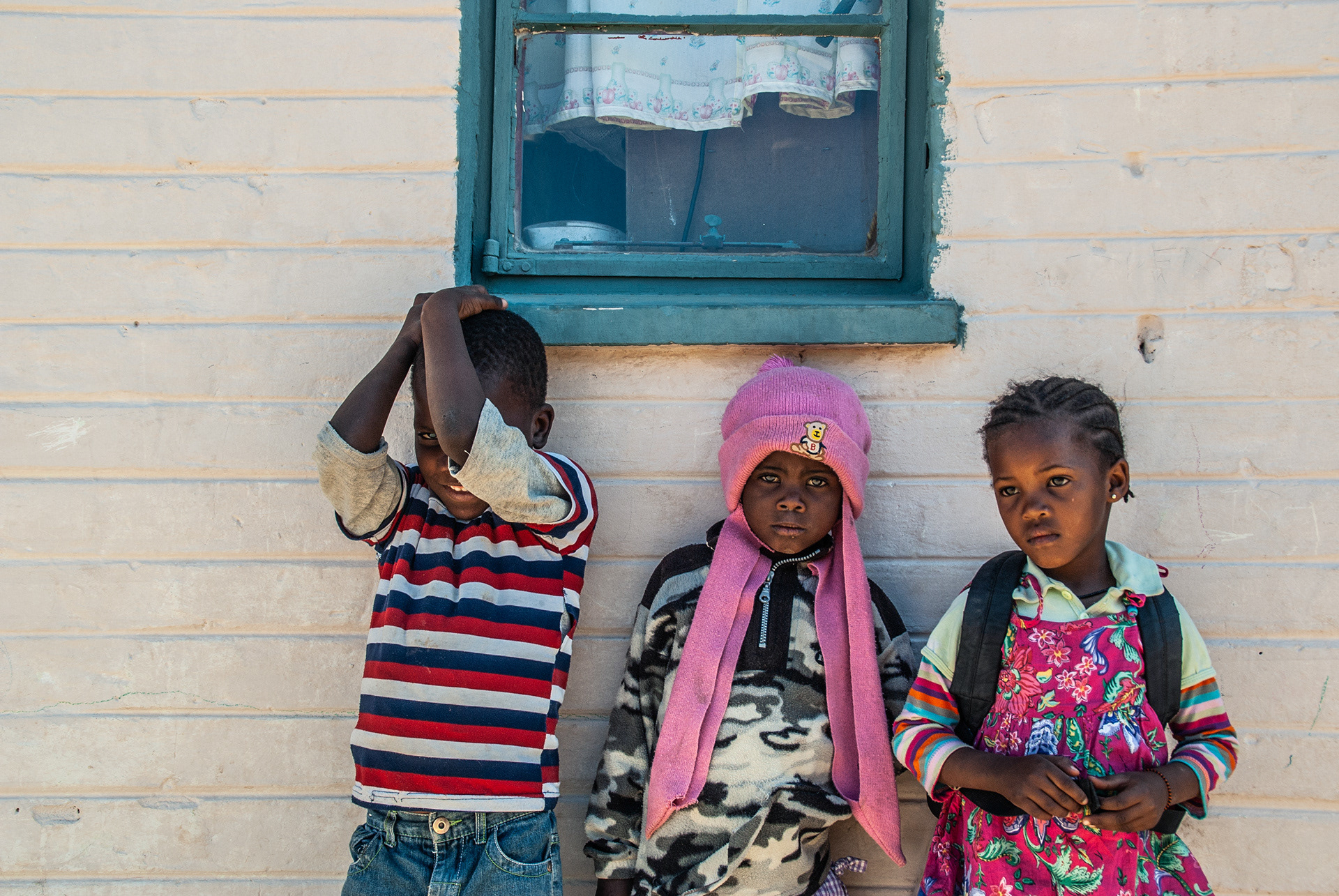

In these transitional spaces, small acts of progress emerge. In Epako, a township on the edge of the Kalahari, modest pre-schools are opening their doors to children from the surrounding slums. With few resources but unwavering commitment, local educators lay the foundation for literacy, resilience, and long-term change.


Namibia’s rural exodus is not just a human story, it is also an environmental one. Along the fringes of the Kalahari, prolonged droughts and shifting climate patterns make survival in the bush more precarious. As the land dries and yields less, families are forced to move, turning a local tradition into a national transition.
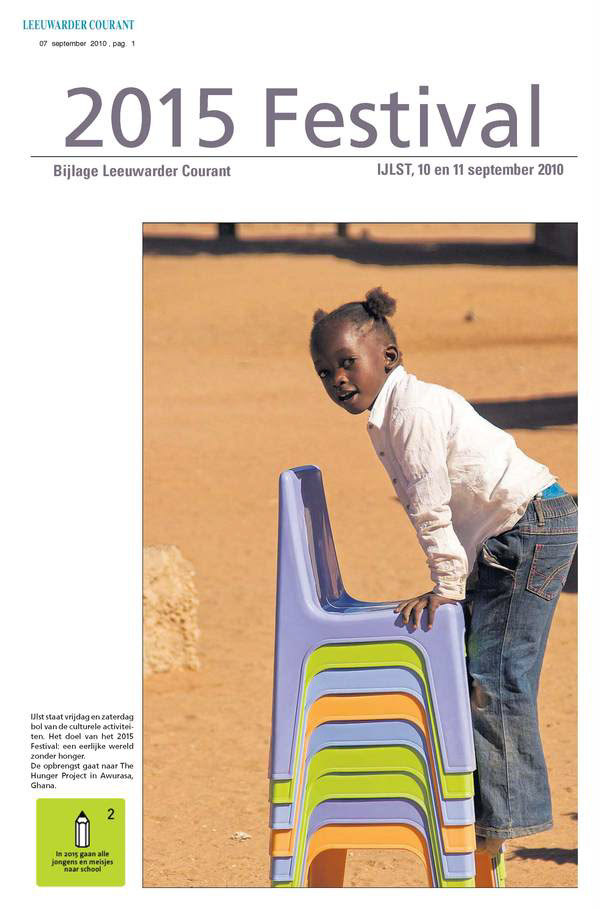
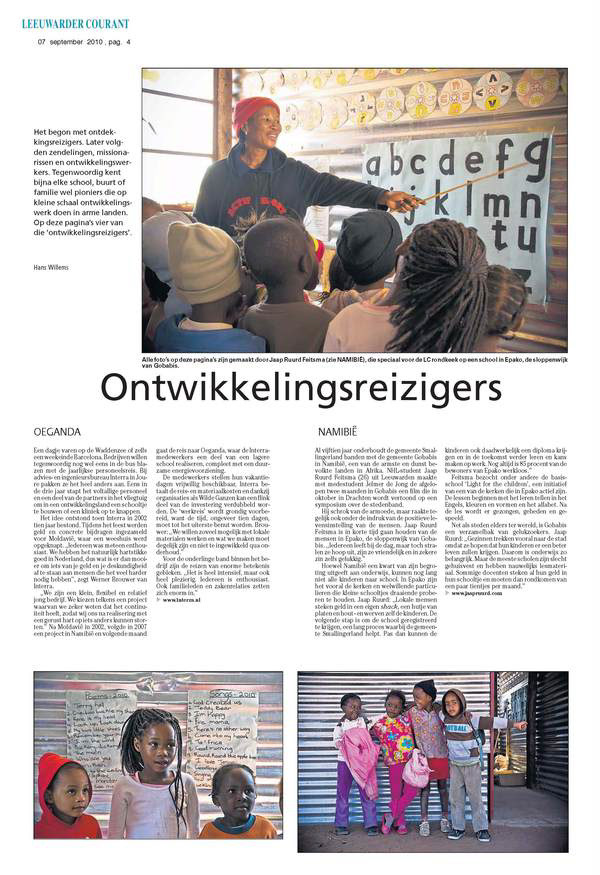
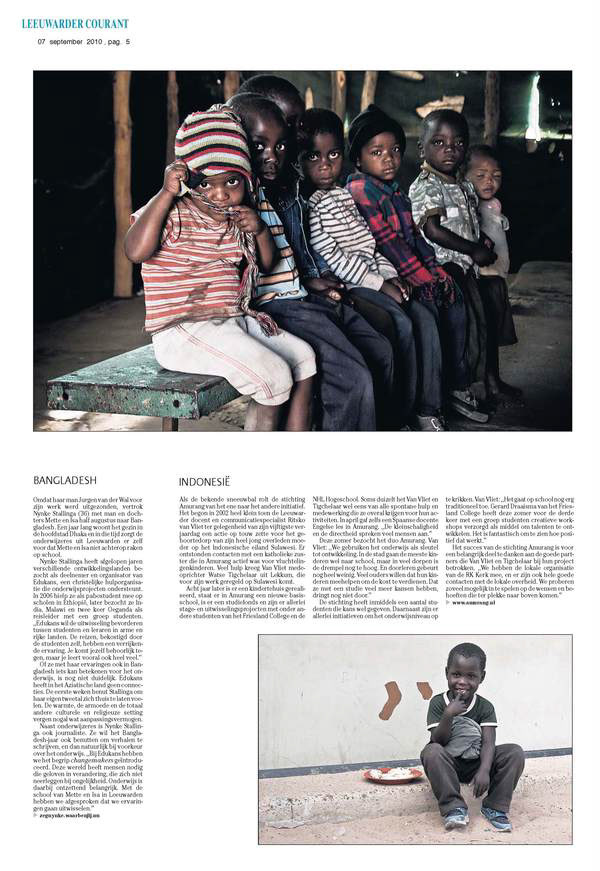
This project was part of a larger story on the United Nations’ Millennium Development Goals, particularly the aim for universal access to primary education by 2015. In the slums of Epako, near the town of Gobabis at the edge of the Kalahari Desert, I visited small preschools where young children —many the first in their families to attend school— were beginning to learn. These were fragile but important first steps towards a different future.

